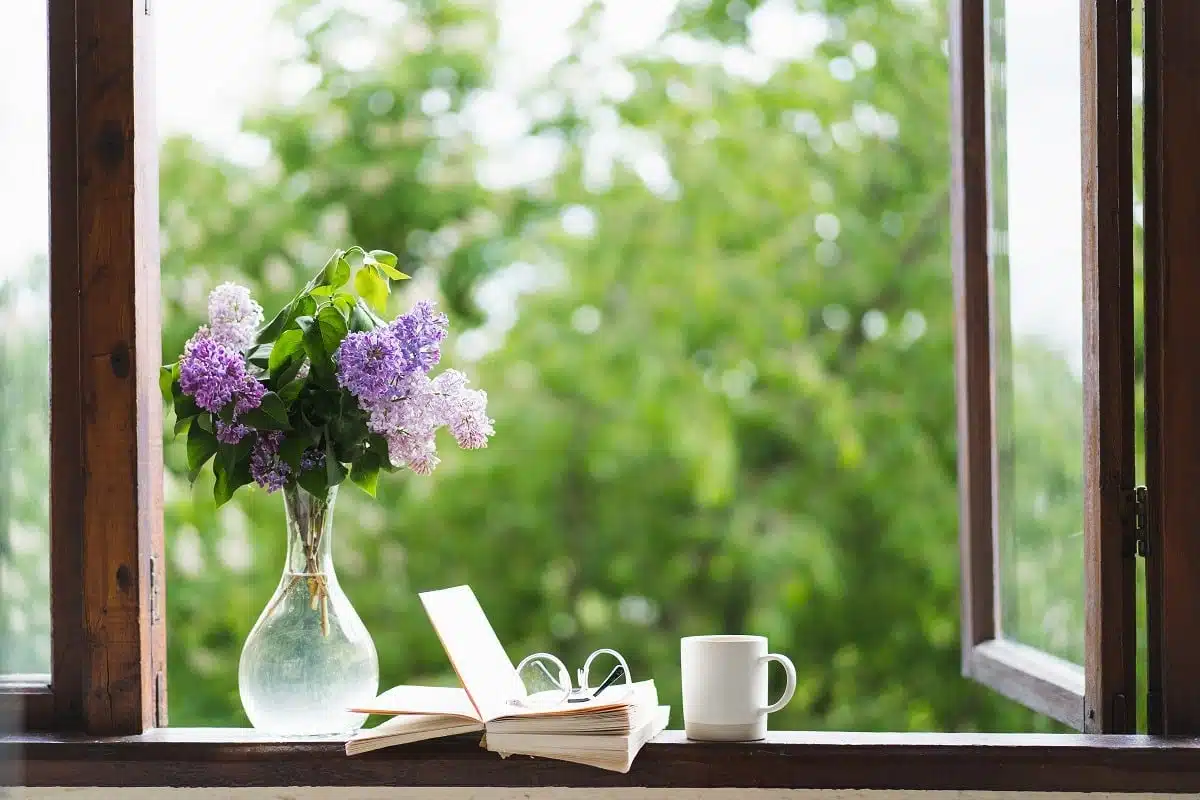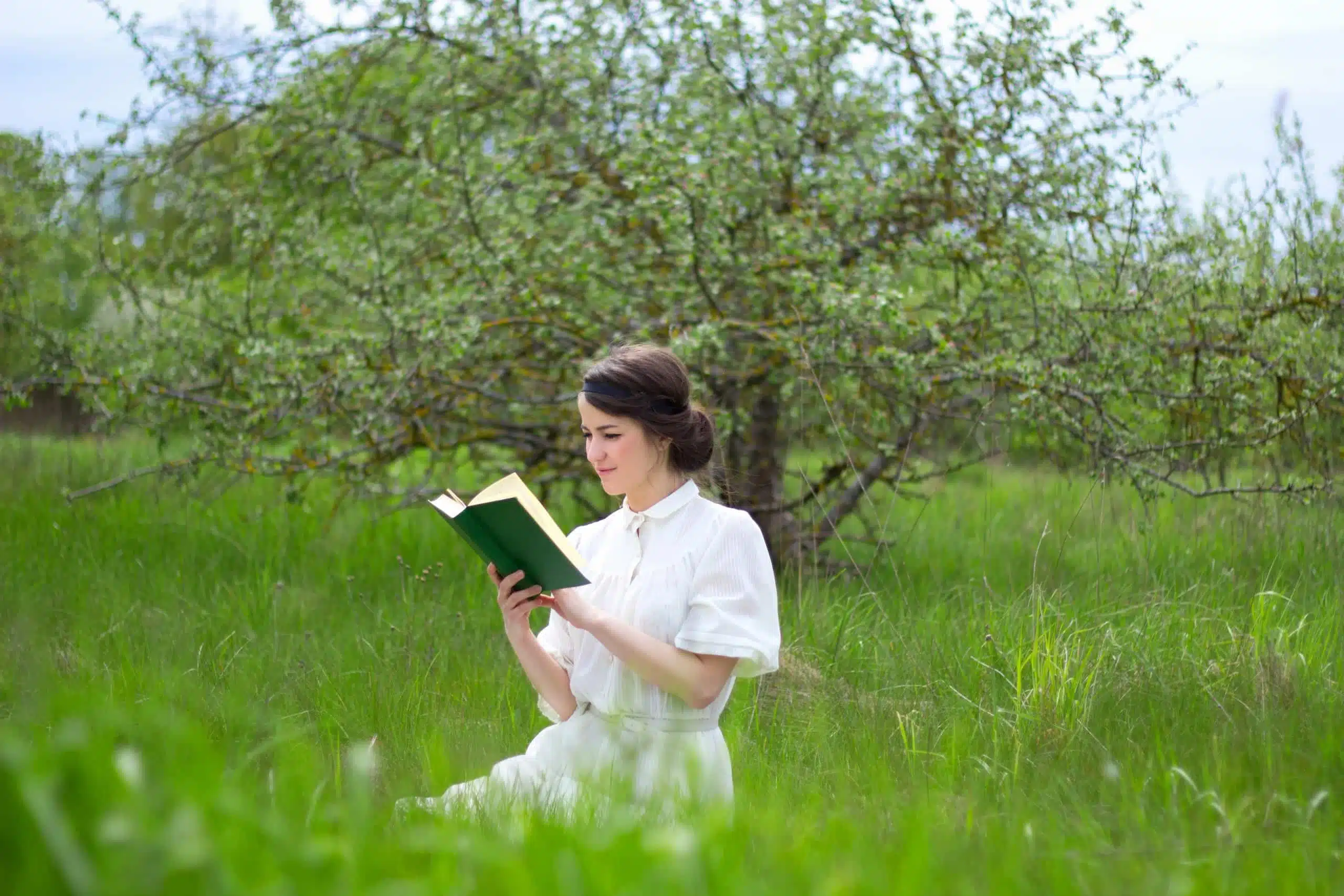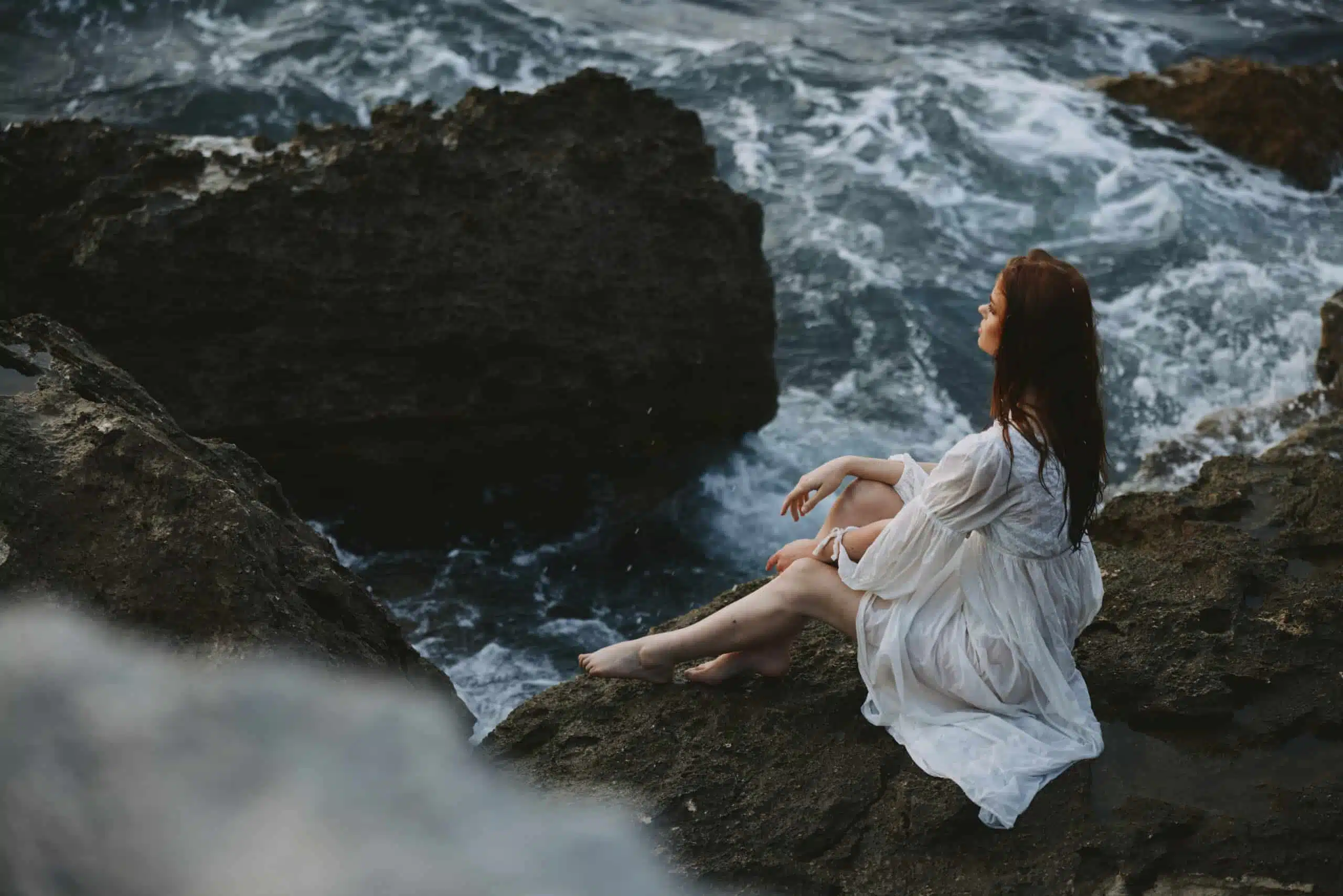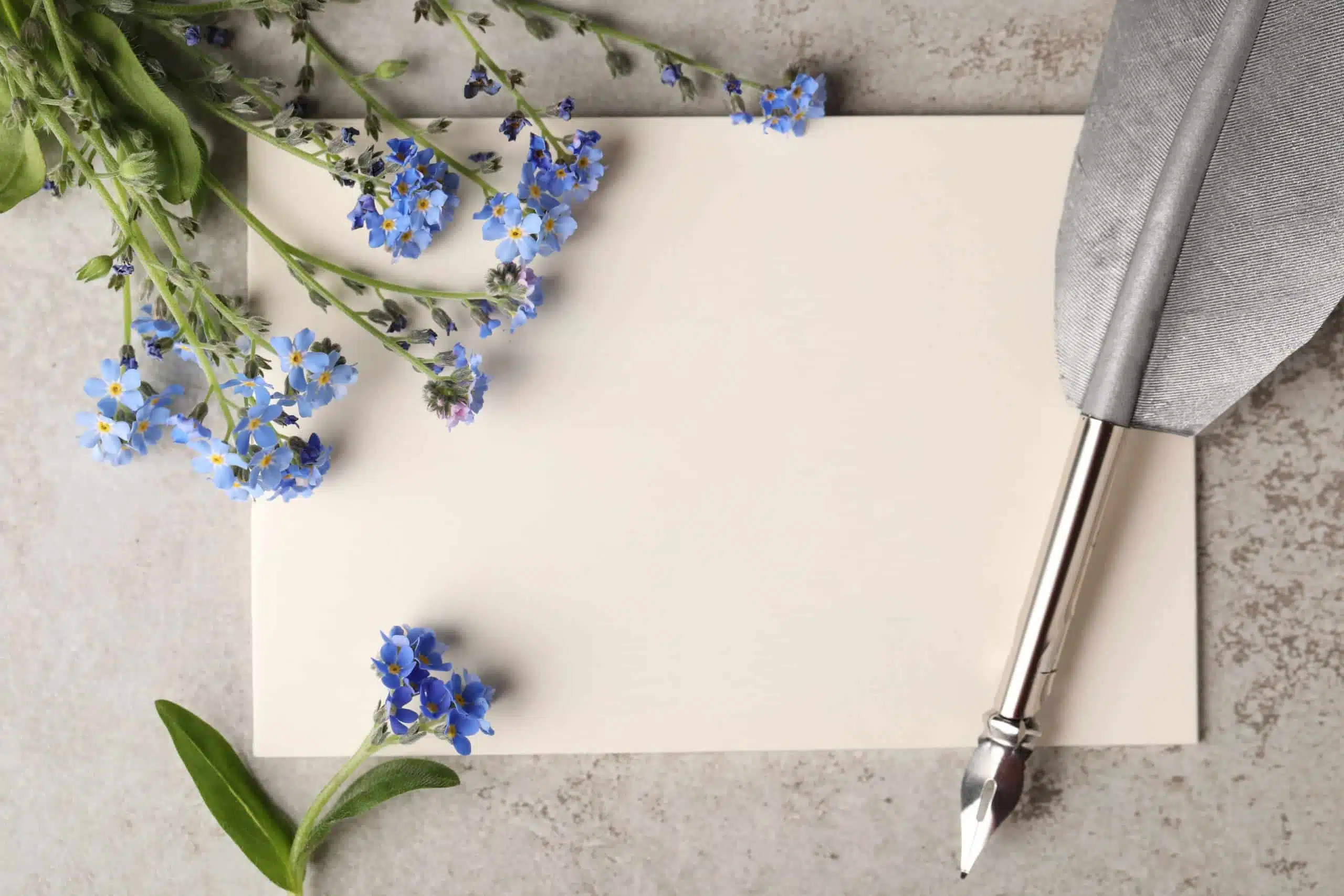Here’s what the Cethramtu Rannaigechta Moire poetry form is:
Cethramtu rannaigechta moire is an Irish verse form in which each line has exactly three syllables and each stanza has four lines.
The second and fourth lines of each stanza rhyme and the poem may consist of any number of four-line stanzas (quatrains).
So if you want to learn all about the Cethramtu Rannaigechta Moire poetry type, then you’ve come to the right place.
Keep reading!
- Trian Rannaigechta Moire Poetry Form
- Rannaicheacht Mhor Poetry Form: Spin Irish Lores
- Deibide Baise Fri Toin Poetry Form
- Awdl Gywydd Poetry Form: Cherish Welsh Legacy

Forms of Poetry: Cethramtu Rannaigechta Moire

The cethramtu rannaigechta moire is an Irish verse form consisting of quatrains.
For the sake of my sanity, we will be abbreviating it as a ‘CRM’ for the remainder of the article.
The CRM is unusually simple by Celtic standards, consisting of a mere 12 syllables.
Despite this, it should be remembered that the CRM is still a child of Ireland, a country in which poems have historically been expected to be pleasant on the ears.
This is because Irish poetry has rich roots as a performative art form predating written history.
So while there aren’t as many harsh standards on this form as on others, it will be more impressive if you can fit it into the culture that it originated from.
Basic Properties of a Cethramtu Rannaigechta Moire

| Rhyme Structure | Strict; xAxA |
| Meter | None, but syllables are counted |
| Origin | Ireland |
| Popularity | Mostly restricted to their native region |
| Theme | Varies |
How Is the Cethramtu Rannaigechta Moire Structured?

CRM consists entirely of quatrains.
Like many Celtic quatrain-based forms, the actual poem can be as long or as short as the poet desires.
The important thing is that it consists entirely of quatrains, with no definitive limit to how many quatrains are allowed.
Each line is exactly three syllables.
It’s especially important that the syllables be three syllables when spoken since Irish poetry is traditionally heavy on the presentation aspect of poetry.
I would actually argue here that it’s more important they be three spoken syllables than that they are three grammatical syllables, though it’s easily possible to meet both standards in most cases.
The second and fourth lines of the poem rhyme.
In practice, this gives them an almost ballad-like feel.
Many poets find that alternating rhyme is a natural fit, so you can expect this to be relatively easy.
The brevity of the lines may throw you for a loop when trying to rhyme them, though, so do take note of that.

While those are the only ‘true’ standards for the form (based on online sources) it should be noted that Irish poetry has a core concept to go along with it: cywddydd.
This ‘harmony of sound’ is essentially a detailed set of techniques that are preferred and associated with the old Celtic forms.
Notably, repetitions of sound are generally well-regarded in all their forms.
Consonance, assonance, and even choruses feature heavily in Irish poetry.
There’s a specific technique in particular called dunadh in which a poem begins and ends with the same word or phrase, but this specific trick may not fit the CRM style very well.
So as a general rule, do try to fit as many of these features in your work as possible.
If you can do them on some sort of set pattern, then that’s all the more impressive, but they are by no means mandatory aspects of the form.
The simplest rules currently accepted are just the xAxA rhyme scheme and an exact three syllables per line.
Example of a Cethramtu Rannaigechta Moire

Deepest Seas
Deepest seas
roll and roil
likely caught
on old soil.
Ship sails south
across waves
oft hoping
they’ll behave.
I’m waiting
with the breeze
up above
deepest seas.
As you can see from the above example, the CRM format is pretty refreshing compared to many other forms of poetry. (Heck, it’s harder to spell the full name of the form than it is to write several verses!)
The above poem carries a very simple narrative across a trio of quatrains but remember, you can stick with just one quatrain or keep going for as long as you like.
Of special note here is the first and last line of the poem.

While dunadh usually refers to a piece of a line, you can still pull off the effect in a CRM by simply reusing the first line as the last line.
Take note that this is optional and would require you to choose a line that you’re comfortable with leading back into and rhyming with.
The effect was only used here to present it as an option for poets who like a challenge.
There is also some alliteration throughout the poem, but it wasn’t set to any particular pattern and was instead included wherever opportunities presented themselves.
The repeated sounds in phrases like “deepest seas” and “roll and roil” do add to the overall appeal of the poem in small increments, but you should scale your own attempts to whatever you’re comfortable with.
Tips for Writing a Cethramtu Rannaigechta Moire

While the form isn’t overly demanding, there is one major stumbling point that you’ll have to get used to.
Three syllables is really not a lot of space to work with.
This length for the lines cuts entire words out of your list of options before you even start writing.
Even two-syllable words, normally considered the standard for the language, become a chore to include.
You’ll essentially have to give up on any adverbs and adjectives that aren’t necessary to the poem.
Keep your sentences simple and concise.
If you try to tell a detailed story about the time your cousin lost the hairbrush her late mother gave her at the dentist’s office on the weekend before Christmas, only to have it returned to her mailbox in the dead of night, you’ll find it very difficult to find the necessary space.
Choose a simple image of a single object doing a single thing. Break up your sentences into multiple lines.
It’s not uncommon for an entire stanza written in CRM to only make up one grammatical sentence and that’s fine.
You’re not shooting for extensive narrative progression, so much as simplicity and elegance.

As with all rhyming forms, it’s important to choose words with end sounds that have plenty of rhymes.
This is especially important in this case since you’ll find many of the options you would normally use clotheslined out of the poem by the limited real estate.
You may have to rewrite some lines over and over again until you think of just the right phrase to make it work, but don’t get discouraged.
When you do get used to the form, you’ll find yourself pleased with how the poems tend to come out simple and clean.
Being forced to cut all of the “dead weight” out of your sentences isn’t necessarily a bad thing and it puts a lot of pressure on you to make every word of the poem count.
A well-written poem in CRM is graceful, vivid, and easy on the reader.
Just don’t try making anything complicated out of it and you’ll be fine.
This isn’t the format in which to express your political grievances, religious doctrines, or unique perspectives on historical events.
This is ultimately a form best suited to entertaining your reader with a micro-sized anecdote or a few playful thoughts.
Poet’s Note

Writing about the old Irish and Celtic forms makes me feel like a broken record.
If you choose to go down a similar rabbit hole, you’ll see what I mean.
It’s actually pretty astounding that ancient Irishmen could tell their forms apart because there are so many quatrains.
Quatrains as far as the eye can see. Everything the light touches is quatrains.
Comprehensive Collection of Poetry Forms: Craft Words Into Art

Dare to traverse the entire spectrum of poetic forms, from the commonplace to the extraordinary?
Venture from the quintessential Sonnet to the elusive Mistress Bradstreet stanza, right through to the daunting complexity of Cro Cumaisc Etir Casbairdni Ocus Lethrannaigecht.
For those with a zeal to encounter the full breadth of poetry’s forms, this invitation is yours.
Start exploring the vast universe of poetic ingenuity with our comprehensive array of poetry forms right now!
